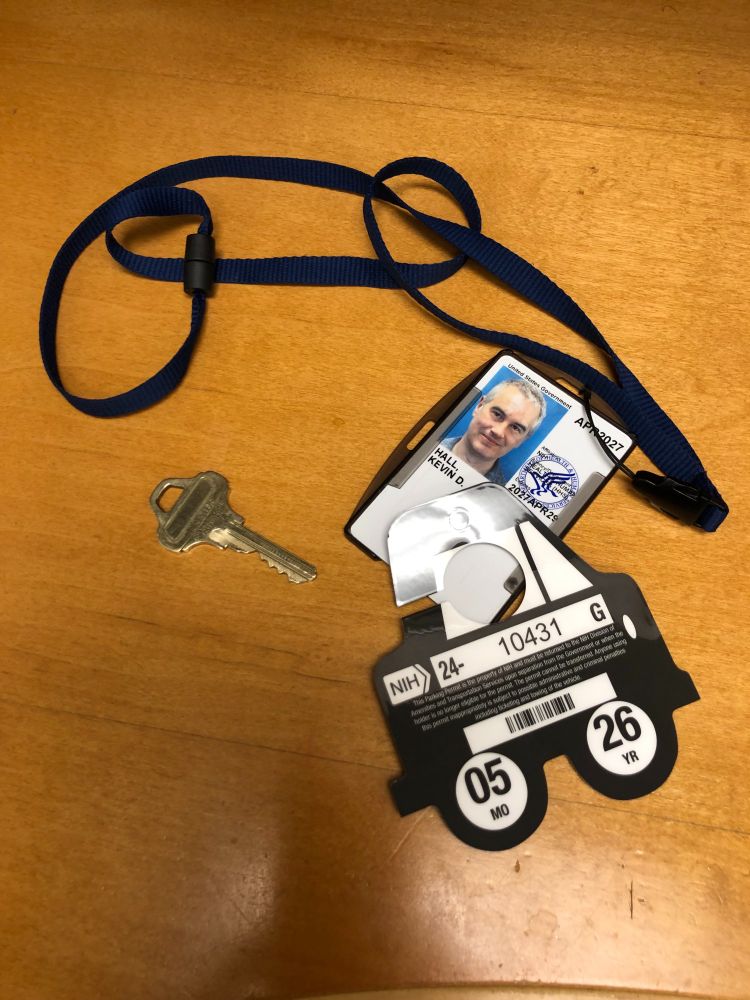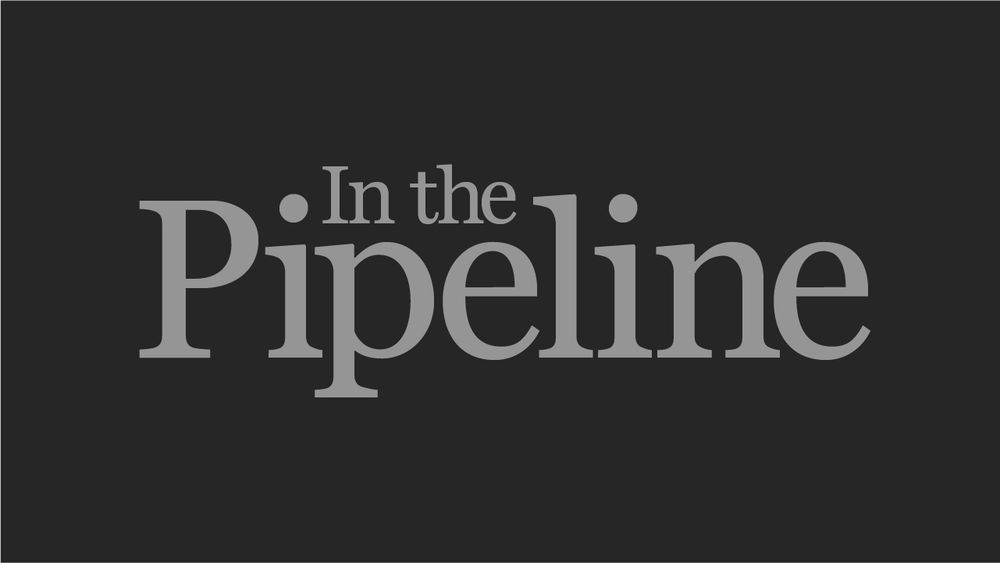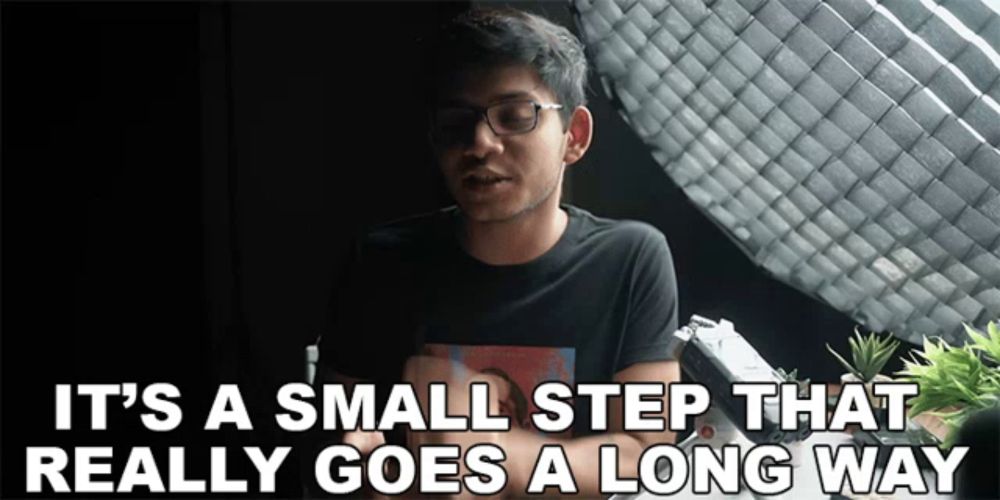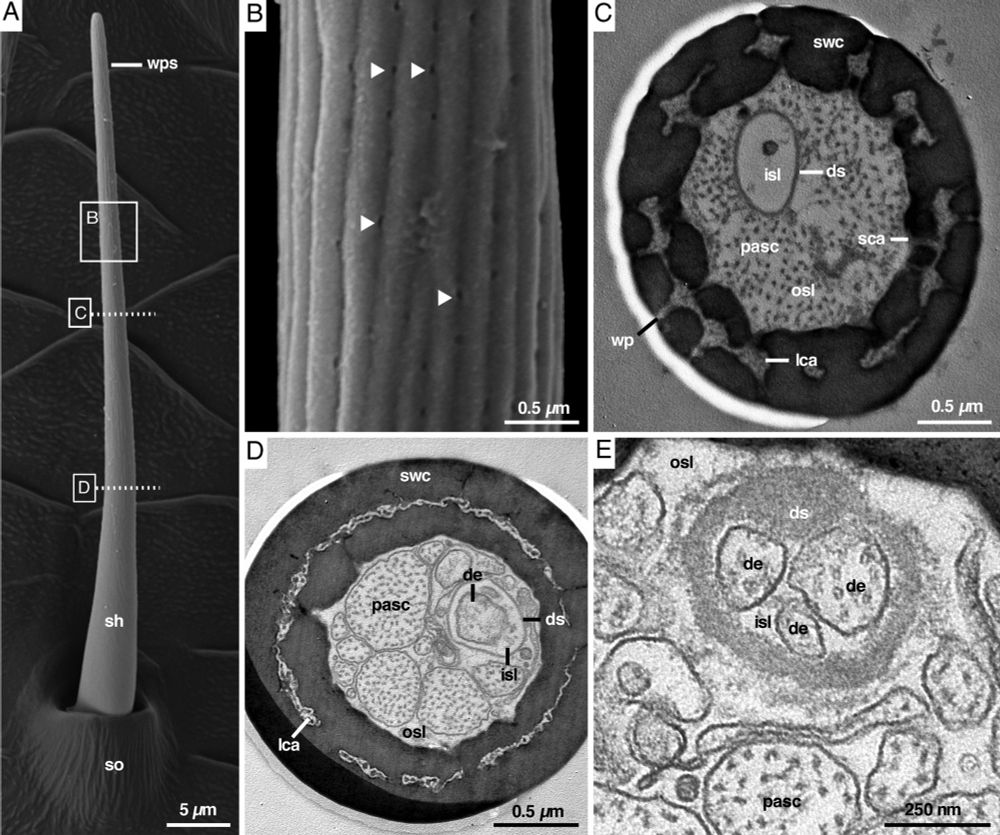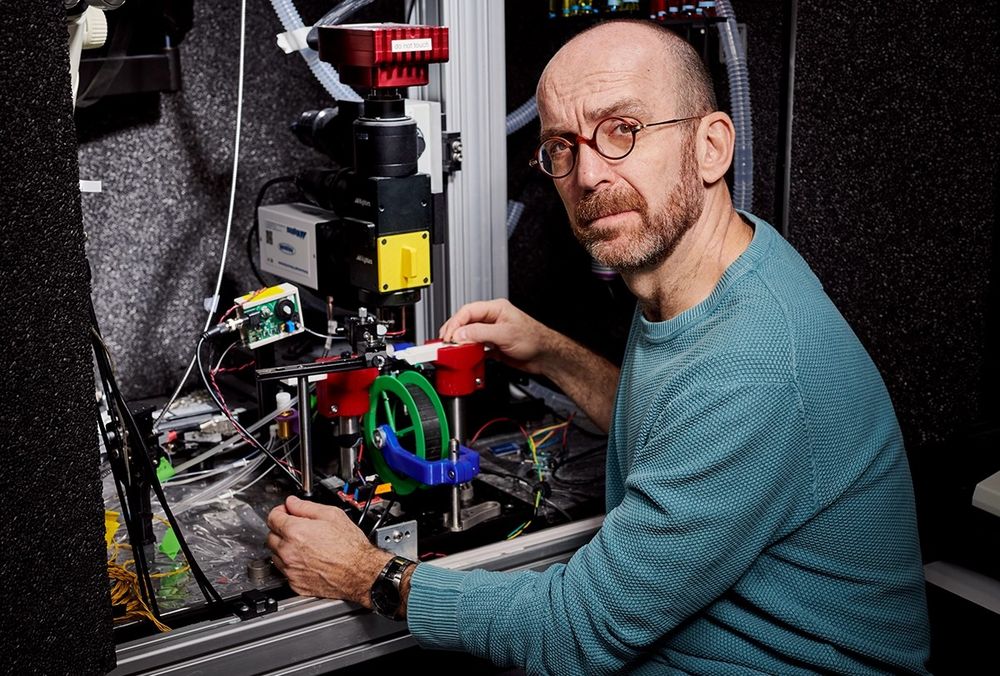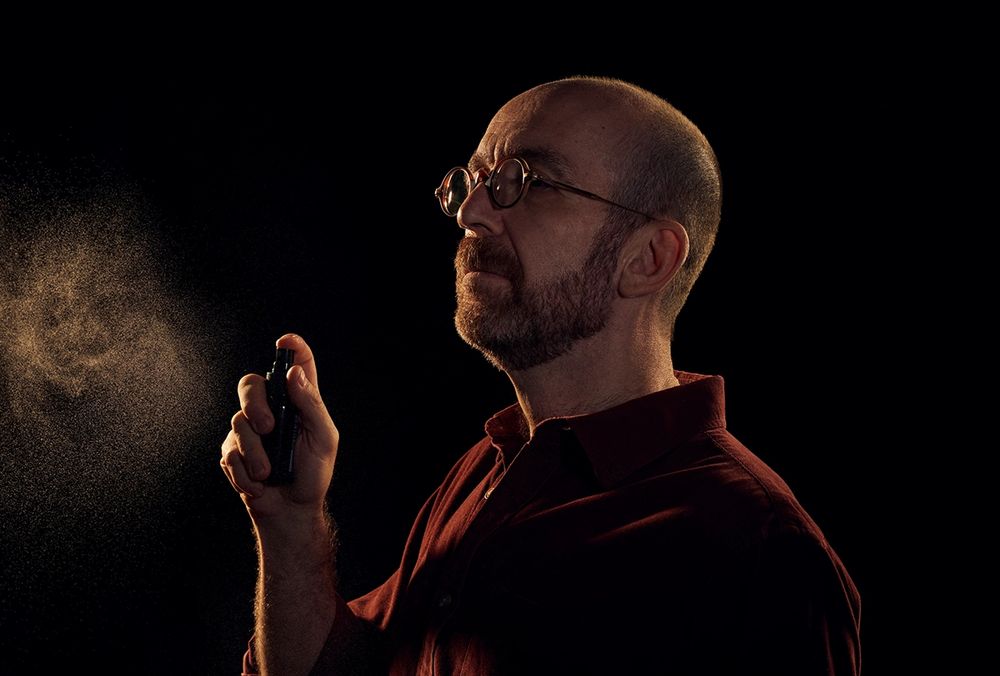Posts
Media
Videos
Starter Packs
Joel Mainland
@jmainland.bsky.social
· Jul 22
Joel Mainland
@jmainland.bsky.social
· May 7
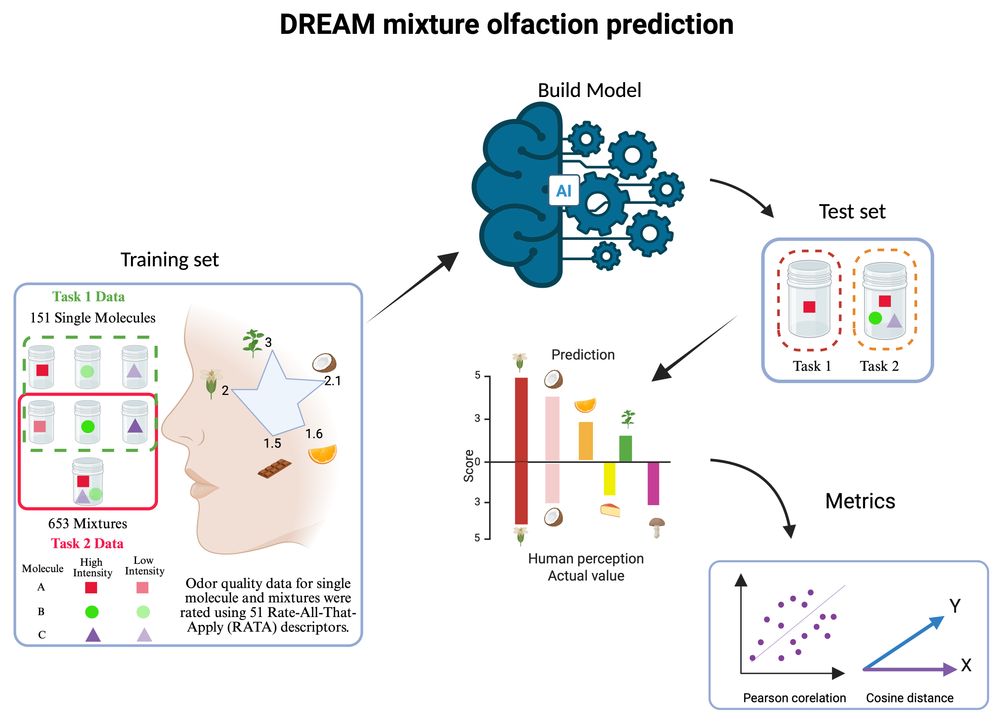
DREAM Olfactory Mixtures Prediction Challenge 2025
'DREAM Olfactory Mixtures Prediction Challenge 2025' (Synapse ID: syn64743570) is a project on Synapse. Synapse is a platform for supporting scientific collaborations centered around shared biomed...
www.synapse.org
Joel Mainland
@jmainland.bsky.social
· May 7

DREAM Olfactory Mixtures Prediction Challenge 2025
'DREAM Olfactory Mixtures Prediction Challenge 2025' (Synapse ID: syn64743570) is a project on Synapse. Synapse is a platform for supporting scientific collaborations centered around shared biomed...
www.synapse.org
Joel Mainland
@jmainland.bsky.social
· May 7
Joel Mainland
@jmainland.bsky.social
· May 7
Joel Mainland
@jmainland.bsky.social
· May 7

DREAM Olfactory Mixtures Prediction Challenge 2025
'DREAM Olfactory Mixtures Prediction Challenge 2025' (Synapse ID: syn64743570) is a project on Synapse. Synapse is a platform for supporting scientific collaborations centered around shared biomed...
www.synapse.org
Reposted by Joel Mainland
Reposted by Joel Mainland
Reposted by Joel Mainland
Thomas Bozza
@neuroboz.bsky.social
· Mar 6
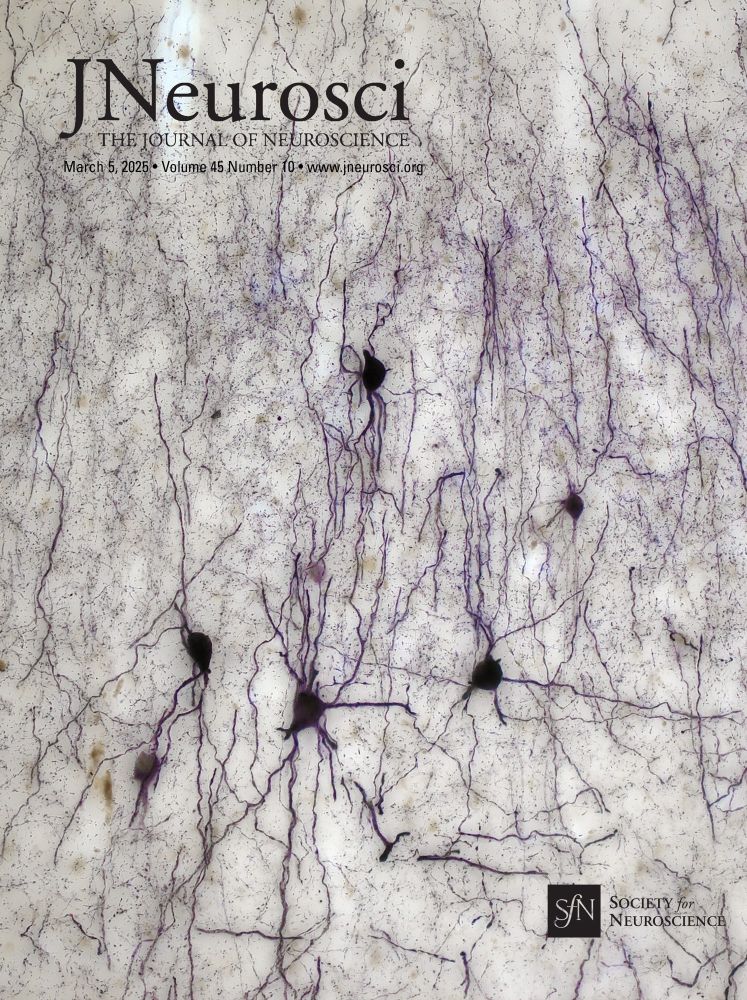
Recalibrating Olfactory Neuroscience to the Range of Naturally Occurring Odor Concentrations
Sensory systems enable organisms to detect and respond to environmental signals relevant for their survival and reproduction. A crucial aspect of any sensory signal is its intensity; understanding how...
www.jneurosci.org
Reposted by Joel Mainland
Reposted by Joel Mainland
Bob Pellegrino
@kingfunk.bsky.social
· Jan 26
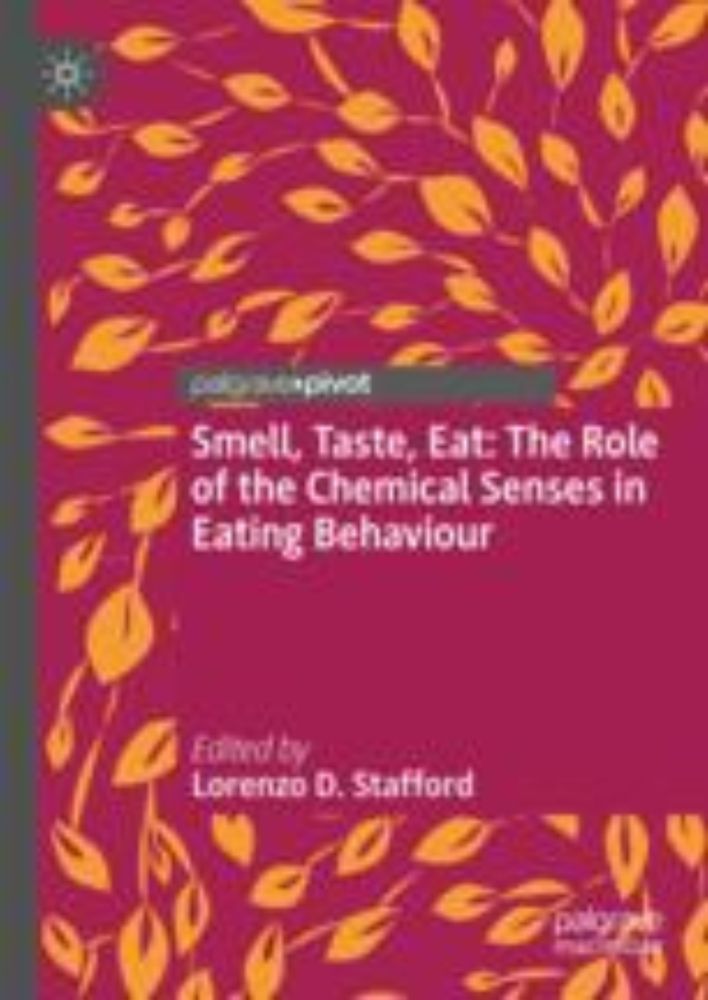
The Effect of Olfactory Disorder (and Other Chemosensory Disorders) on Perception, Acceptance, and Consumption of Food
People with changes in the overall sensory experience of food often complain of taste disturbances, although the problem is normally caused by the loss of aroma in the food (thus an olfactory disorder...
link.springer.com
Reposted by Joel Mainland
Reposted by Joel Mainland
Alex Koulakov
@alexkoulakov.bsky.social
· Dec 13

DeepNose: An Equivariant Convolutional Neural Network Predictive Of Human Olfactory Percepts
The olfactory system employs responses of an ensemble of odorant receptors (ORs) to sense molecules and to generate olfactory percepts. Here we hypothesized that ORs can be viewed as 3D spatial filter...
arxiv.org
Reposted by Joel Mainland
Reposted by Joel Mainland
Reposted by Joel Mainland
Reposted by Joel Mainland





